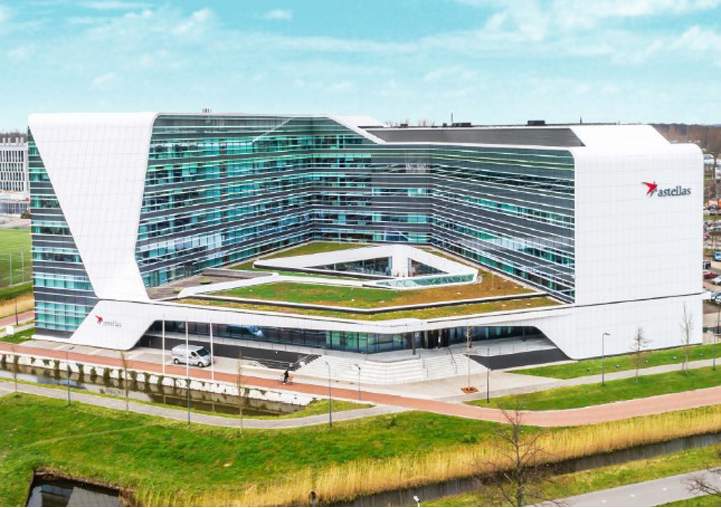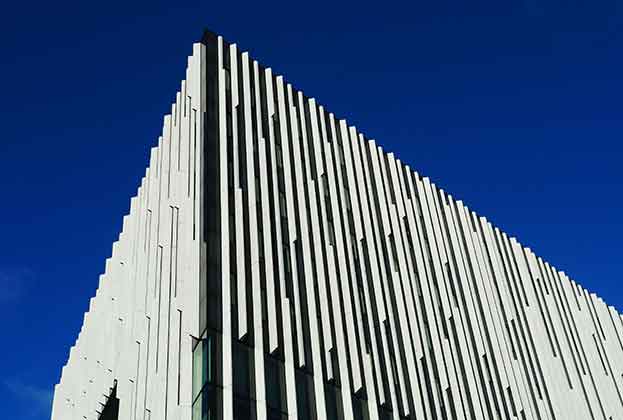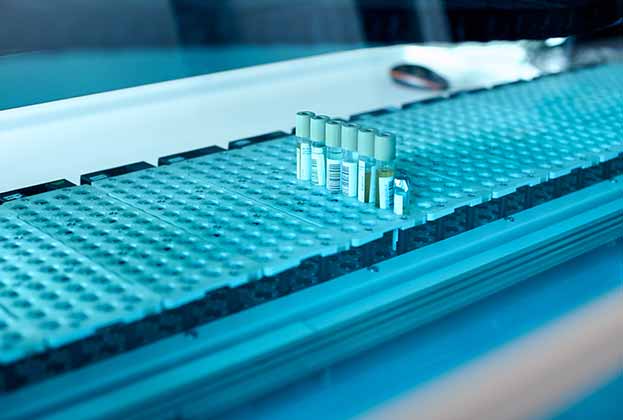George Coleman, Savills Regional Investment Advisory EMEA, explores the challenges and opportunities for European investors
The Covid-19 pandemic has affirmed investor interest in the 'meds, beds and sheds' sectors, more formerly known as life science, residential and logistics. In each instance, investors are attracted to the future-proof real estate fundamentals, the surety of income and rental growth forecasts driven by the occupational supply/demand imbalance.
The life science sector, which quietly enjoyed positive growth pre-Covid, has garnered serious attention due to the mission-critical nature of the real estate for its occupiers. That said, there exist high barriers to entry due to the highly fragmented ownership within the sector. Ownership is distributed between private companies, government bodies and research institutions or universities.
Although it is difficult to estimate Europe's life science stock, we expect to see increased development and repurposing strategies that will help to grow the market size. When opportunities are presented, investors must fully understand the triple-helix drivers of a particular location and the local cluster dynamics before making an investment decision. Given the breadth of real estate typology available and the different transaction structures, Savills approaches each investment underwrite uniquely.
Hotly contested open market opportunities will encourage investors to consider off-market sale and leaseback transaction structures to gain sector exposure at more attractive yields whilst avoiding bidding wars
George Coleman, Savills Regional Investment Advisory EMEA
Standard on and off-market real estate transactions will continue to attract significant investor attention given the sheer weight of capital seeking access to the sector. Cambridge Science Park, one of the UK’s flagship life science clusters has seen increased investment activity this year. It is reported that c.£2bn of equity was chasing Legal & General’s sale of five buildings (214–240 Cambridge Science Park) leading to an aggressive bidding process. The assets were marketed at £62m (6.50%) and ultimately sold to Brockton for over £98m (sub 4.50%).
Oxford Properties also made their first acquisition in the European life science sector, securing AstraZeneca’s facility at the Park. The asset was acquired in an off-market transaction from the Local Authorities’ Property Fund for a price reported to be in the region of £45m, reflecting a 3.60% NIY. Savills also managed the sale of One Cambridge Science Park on behalf of LaSalle Investment Management. The Grade A office and R&D facility totals c.7,500 sq m of Grade A office and R&D space and is situated in a prominent position at the entrance of Cambridge Science Park. After significant interest and competitive bidding, the asset was acquired by JP Morgan for £50m, reflecting 4.50% NIY.
Hotly contested open market opportunities will encourage investors to consider off-market sale and leaseback transaction structures to gain sector exposure at more attractive yields whilst avoiding bidding wars. The specialised configuration of the real estate and covenant issues have previously dissuaded investors from committing to the sector, however, we believe these barriers to entry will be lowered as education surrounding the sector improves. On the other side of the table, sale and leaseback transactions offer life science companies the opportunity to raise capital for their operations and invest in primary business areas.
Fidelity International acquired Astellas Pharma’s R&D facility in Leiden, Netherlands in a part sale and leaseback transaction at the start of the year. Mirai House, a c.14,888 sq m office and laboratory facility located on the pre-eminent Leiden Science Park, is multi-let to three tenants (Astellas, LUMC and NECSTGEN) with a WAULT of c.11.9 years at the time of sale. Fidelity reportedly paid €54m for the asset, reflecting c.5.19% GIY.

Fidelity International acquired Astellas’ facility at Leiden Science Park in January 2021
The European life science sector is characterised by a severe undersupply of high-quality stock and the majority of real estate is tailored to the specific occupier. As the sector evolves and the nuances of life science assets becomes more mainstream, we expect more investors to engage in forward-funding or forward commitment structures with the benefit of a highly resilient end-user. The surety and longevity of income that derives from built-to-suit (BTS) assets will prove highly attractive to investors in the current market.
Rasmala undertook their first acquisition in the Netherlands with the forward commitment to the DuPont Building at Leiden Science Park, which is fully let to Genencor International B.V, a subsidiary of American Chemical Group DuPont. The BTS facility totals 6,588 sq m and comprises 4,001 sq m of laboratory space and 2,587 sq m of office space. Rasmala was advised by Savills from a commercial and technical perspective.
.jpg)
Rasmala Investment Bank acquired Genencor’s facility at Leiden Science Park by way of a forward commitment transaction
Finally, Real Estate Investment Trusts (REIT) provide investors with highly liquid access to the real estate sector. US-based Alexandria REIT focuses on office and laboratory buildings leased to life science tenants in the key clusters throughout the United States. The business model is highly resilient and future-proof owing to the strong tenant base and mission-critical real estate in its ownership. The REIT share price recovered to pre-pandemic levels in July 2020 and has enjoyed strong growth since. Is now the time for a UK-and-European-focussed pure play life science REIT to service the chronically undersupplied and rapidly growing market?
Read the articles within Spotlight: European Life Sciences below.
.jpg)


